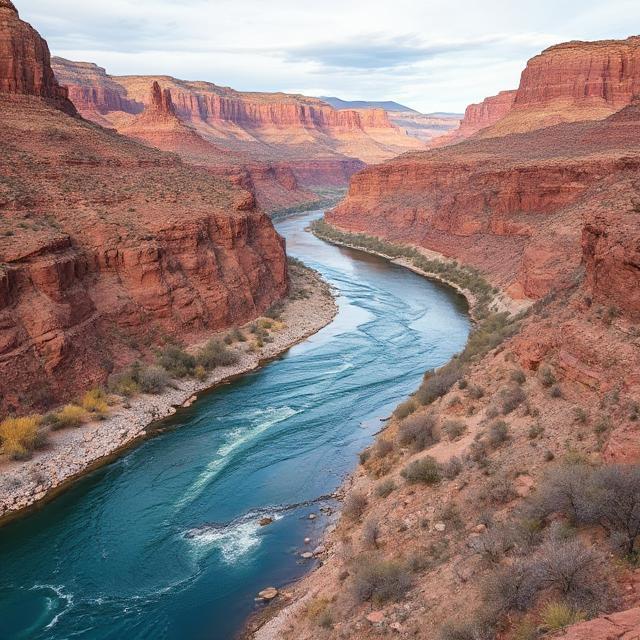Understanding Water Resources in Buckeye, Arizona
May 7, 2025 6:43:15 PM

Understanding Water Resources in Buckeye, Arizona
As Buckeye continues to experience rapid growth, understanding the city's water resources becomes crucial for residents, especially homeowners with pools. This post delves into Buckeye's water usage, sources, utility providers, future sustainability plans, the impact of state regulations, and how water costs compare to other Valley cities.
Water Usage in Buckeye
Buckeye's water consumption has been on the rise, aligning with its population growth. While specific daily usage statistics are not detailed, the city offers tools that allow residents to monitor their daily water consumption and set up alerts for unusual usage patterns. This is invaluable for pool owners aiming to manage their water use efficiently.
Sources of Water
Buckeye's water supply is diversified to ensure sustainability:
- Colorado River Allocation: The city has an annual allocation of approximately 2,786 acre-feet (907 million gallons) from the Colorado River. However, ongoing drought conditions and cutbacks could impact future allocations.
- Groundwater: Historically, groundwater has been a significant source. Yet, reliance on it has led to regulatory challenges, especially concerning new developments.
- Reclaimed Water: The city utilizes reclaimed water for non-potable purposes, such as landscaping and agricultural irrigation, reducing the strain on potable water sources.
Water Utility Providers in Buckeye
Multiple utility providers serve Buckeye residents:
- City of Buckeye Utilities: Manages water, sewer, and trash services for many residents. Services and rates can vary based on location.
- EPCOR: A major private utility company in Arizona, EPCOR provides water services to various communities, including parts of Buckeye like Verrado.
- Arizona Water Company (White Tank District): Serves specific areas within Buckeye, offering water services and resources for residents.
- Global Water Resources: Provides water, wastewater, and recycled water utility services in select regions.
Ensuring Water for Future Growth
To address water sustainability amid rapid growth, Buckeye is implementing several initiatives:
- Alternative Designation of Assured Water Supply (ADAWS): Proposed by state leaders, this program aims to renew water certifications for new housing developments, ensuring they have a sustainable water supply without solely relying on groundwater.
- Exploring New Water Sources: The city is considering options like tapping into the Harquahala groundwater basin, utilizing effluent water, and purchasing unused Colorado River water allocations to diversify its water portfolio.
- Infrastructure Investments: Buckeye is investing in water infrastructure, including recharge basins and water reclamation facilities, to enhance water storage and recycling capabilities.
Impact of Groundwater Moratorium on Homeowners
In 2023, the Arizona Department of Water Resources halted the approval of new housing subdivisions in areas like Buckeye that rely solely on groundwater, citing a projected shortfall of nearly 4.9 million acre-feet over the next century. While this moratorium affects new developments, existing homeowners with assured water supplies remain unaffected.
Water Costs: Buckeye vs. Other Valley Cities
Water rates in Buckeye can be higher compared to other Valley cities. Residents have reported monthly water bills exceeding $100, especially during peak usage months. In contrast, cities like Phoenix and Gilbert often have lower average water bills. It's essential for residents to be aware of their water usage and explore conservation methods to manage costs effectively.

